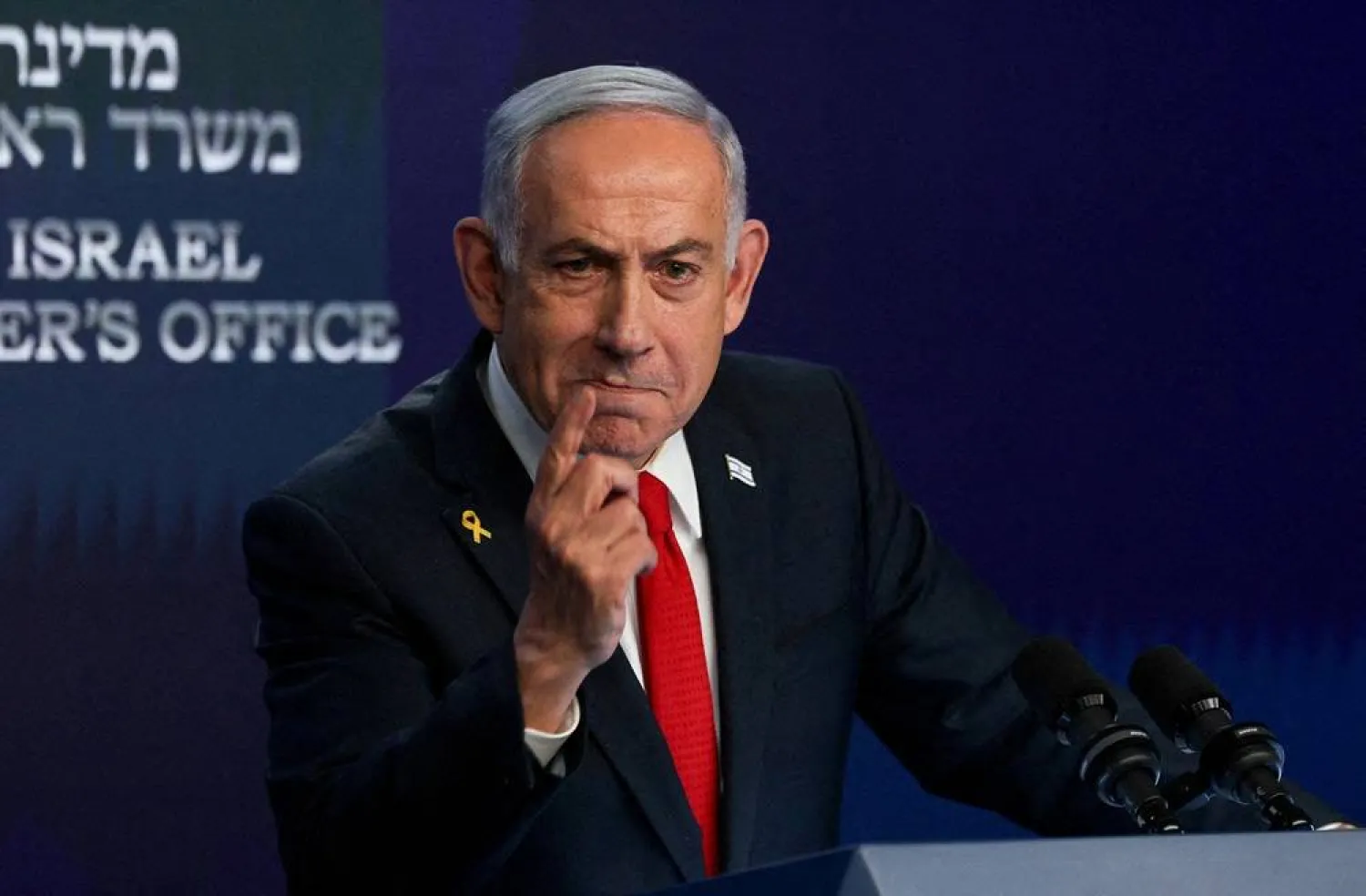Fresh fighting was reported Saturday between the Taliban and resistance forces in Afghanistan’s Panjshir Valley, as the extremists finalize a new government that will set the tone for their rule.
Facing the challenge of morphing from insurgents to rulers, the Taliban appear determined to snuff out the Panjshir resistance before announcing who will lead the country in the aftermath of Monday’s US troop withdrawal, which was supposed to end two decades of war.
But Panjshir, which held out for nearly a decade against the Soviet Union’s occupation and also the Taliban’s first rule from 1996-2001, is stubbornly holding out.
Fighters from the so-called National Resistance Front (NRF) -- made up of anti-Taliban militia and former Afghan security forces -- are understood to have stockpiled a significant armory in the valley, around 80 kilometers (50 miles) north of Kabul and guarded by a narrow gorge.
‘Under invasion’
Celebratory gunfire rang out in the capital Kabul overnight as rumors spread the valley had fallen, but the Taliban made no official claim Saturday and a resident told AFP by phone that the reports were false.
The Emergency Hospital in Kabul said two people were killed and 20 wounded by the salvos, as the Taliban tweeted a stern admonishment and warned its fighters to stop.
“Avoid firing in the air and thank God instead,” said chief spokesman Zabihullah Mujahid, tipped to become the new regime’s information minister.
“The weapons and bullets given to you are public property. No one has the right to waste them. The bullets can also harm civilians, don’t shoot in vain.”
In Panjshir, former vice-president Amrullah Saleh, holed out alongside Ahmad Massoud -- the son of legendary anti-Taliban commander Ahmad Shah Massoud -- admitted the perilous position of the NRF.
“The situation is difficult, we have been under invasion,” Saleh said in a video message.
Usually known for his sharp Western suits, Saleh was filmed wearing a traditional shalwar kameez tunic and a flat woolen pakol cap favored by Panjshiris.
“The resistance is continuing and will continue,” he added.
Taliban and resistance tweets suggested the key district of Paryan had changed hands several times in the last few days, but that also could not be independently verified.
Aid talks
Away from the valley, the international community was coming to terms with having to deal with the new Taliban regime with a flurry of diplomacy.
US Secretary of State Antony Blinken is due on Sunday in Qatar, a key player in the Afghan saga and the location of the Taliban’s political office, though he is not expected to meet with the militants.
He will then travel to Germany, to lead a virtual 20-nation ministerial meeting on Afghanistan alongside German Foreign Minister Heiko Maas.
Pakistan’s intelligence chief Faiz Hameed was in Kabul, meanwhile. Hameed was reportedly in the city to be briefed by his country’s ambassador but is also likely to meet top Taliban officials with whom Islamabad has historically had very close relations.
UN Secretary-General Antonio Guterres is also set to convene a high-level meeting on Afghanistan in Geneva on September 13, to focus on humanitarian assistance for the country.
The United Nations has already restarted humanitarian flights to parts of Afghanistan, while the country’s flag carrier Ariana Afghan Airlines resumed domestic trips on Friday and the United Arab Emirates sent a plane carrying “urgent medical and food aid”.
Western Union and Moneygram, meanwhile, said they were restarting cash transfers, which many Afghans rely on from relatives abroad to survive.
China has already confirmed it will keep its embassy in Kabul open.
Afghanistan’s new rulers have pledged to be more accommodating than during their first stint in power, which also came after years of conflict -- first the Soviet invasion of 1979, and then a bloody civil war.
That regime was notorious for its brutal interpretation of Islamic law, and its treatment of women, who were forced inside and denied access to school and work.
This time around, the Taliban have made repeated declarations that they will not carry out revenge attacks on opponents, and women will have access to education and some employment.
They have promised a more “inclusive” government that represents Afghanistan’s complex ethnic makeup -- though women are unlikely to be included at the top levels.
In Kabul, dozens of women protested for a second day Saturday to demand the right to work and inclusion in the government.
Social media clips showed Taliban fighters and officials attempting to disperse the demonstrators and stopping people from filming with mobile phones.
Asked about the delay in naming the government, Australia-based Afghanistan expert Nishank Motwani told AFP it was likely a combination of factors.
“First reason is that the Taliban themselves have been stunned by their military success,” he said.
“If they get Panjshir before the government is formed it is good for their propaganda value but that is not the reason.”







